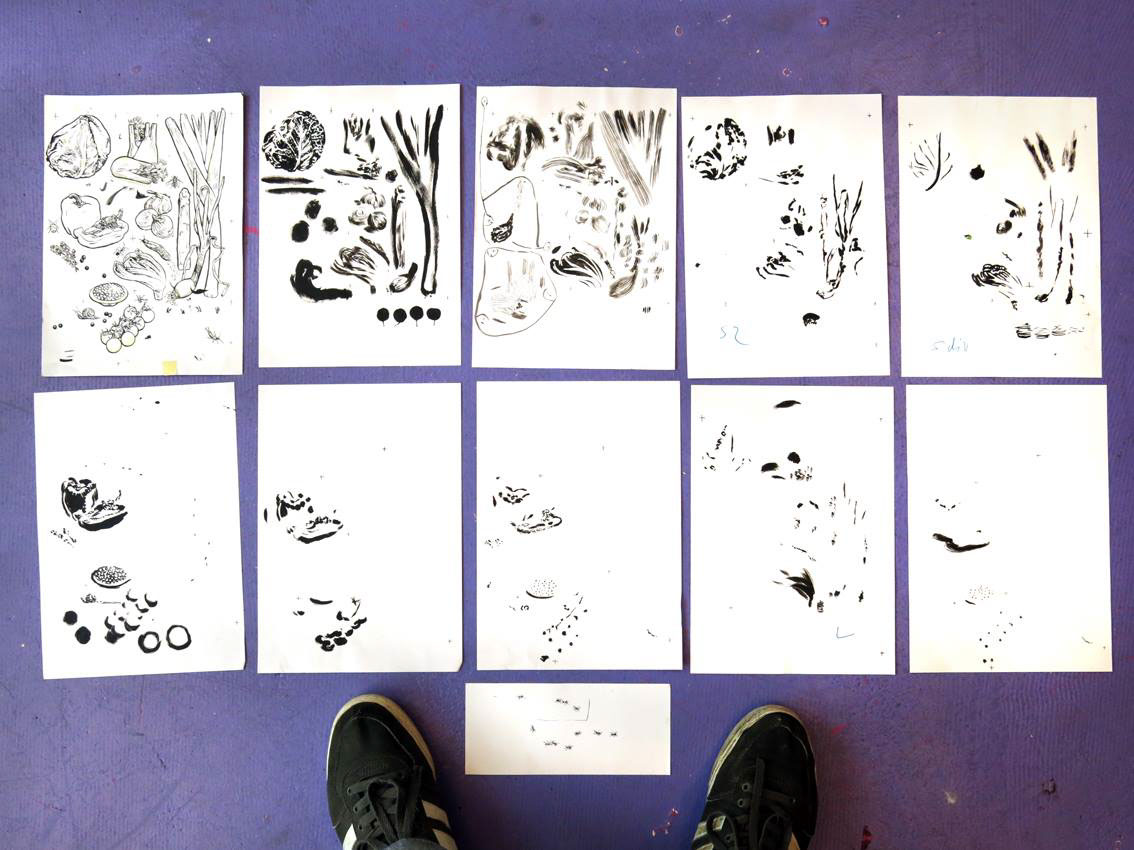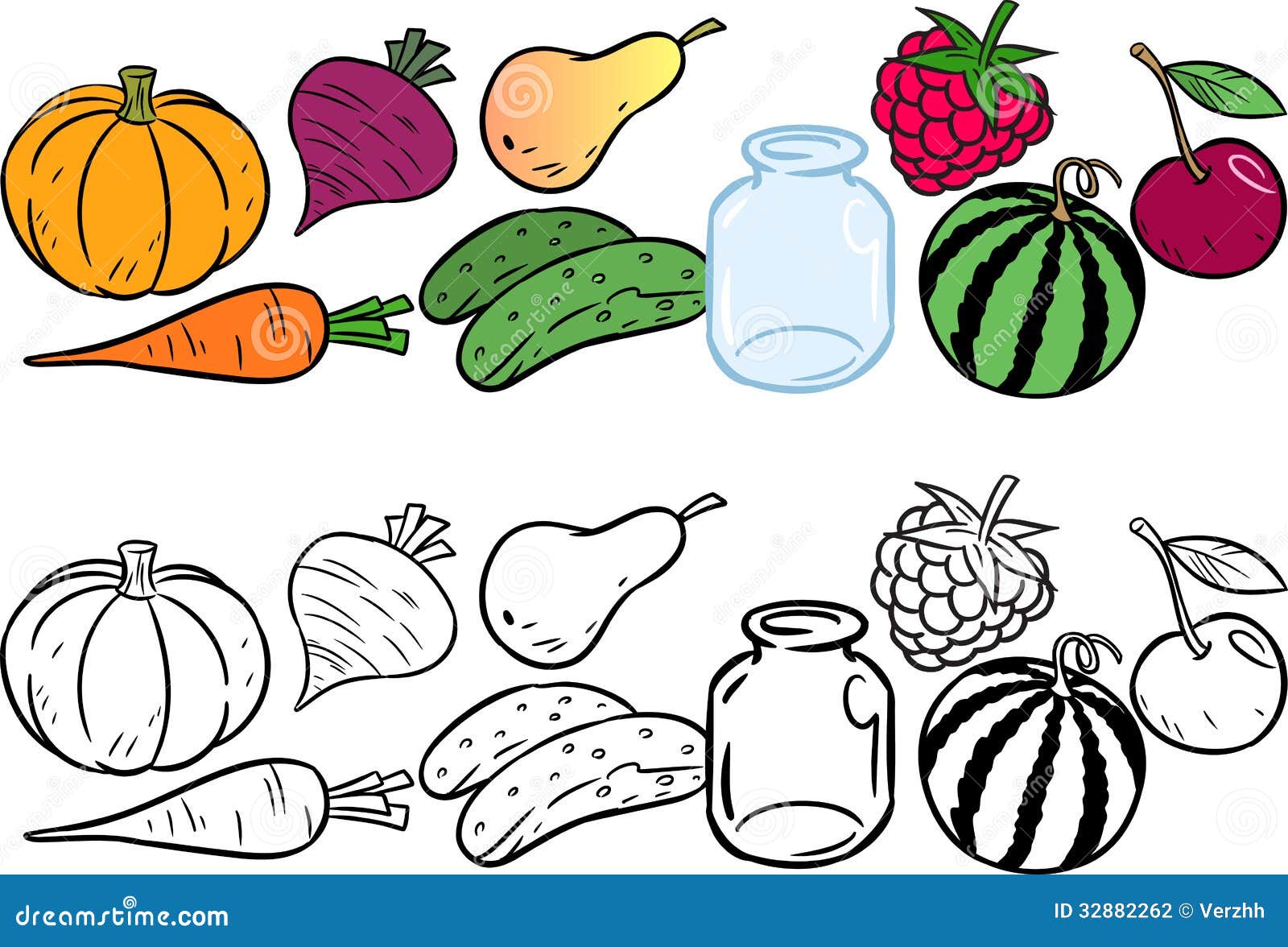Color Separation From Drawing

To reproduce color and continuous-tone images,printers usually separate artwork into four plates (called processcolors)—one plate for each of the cyan, magenta, yellow,and black portions of the image. You can also include custom inks(called spot colors). In this case, a separate plateis created for each spot color. When inked with the appropriatecolor and printed in register with one another, these colors combineto reproduce the original artwork.The process of dividing the image into two or more colors iscalled color separating, and the film from which theplates are created are called the separations. While previewing separations on your monitor can helpyou detect problems without the expense of printing separations,it does not let you preview trapping, emulsion options, printer’smarks, and halftone screens and resolution. Work with your commercialprinter to verify these settings using integral or overlay proofs.Setting inks to be visible or hidden on screen in the SeparationsPreview panel does not affect the actual separations process—itonly affects how they appear on your screen during the preview.To disable printing of a color plate, clickthe printer icon nextto the color in the Document Ink Options list.

Click again to restoreprinting for the color.To convert all spot colors to process colors, sothat they are printed as part of the process-color plates ratherthan on a separate plate, select Convert All Spot Colors To Process.To convert an individual spot color to process colors,click the spot color icon nextto the color in the Document Ink Options list. A four-color process icon appears.Click again to revert the color back to a spot color.To overprint all black ink, select Overprint Black.To change the screen frequency, screen angle, andshape of halftone dots for a plate, double-click the ink name. Alternatively,click the existing setting in the Document Ink Options list, andmake the desired changes.
Note however, that the default anglesand frequencies are determined by the selected PPD file. Check withyour print shop for the preferred frequency and angle before creatingyour own halftone screens.Tip: If your art containsmore than one spot color, particularly interactions between twoor more spot colors, assign different screen angles to each spotcolor. Illustratorsupports two common PostScript workflows, or modes, for creating colorseparations. The main difference between the two is where separationsare created—at the host computer (the system usingIllustrator and the printer driver), or at the output device’s RIP(raster image processor).Inthe traditional host-based, preseparated workflow, Illustrator creates PostScriptdata for each of the separations required for the document, andsends that information to the output device.In the newer RIP‑based workflow, a newgeneration of PostScript RIPs perform color separations, trapping,and even color management at the RIP, leaving the host computerfree to perform other tasks.
This approach takes less time for Illustratorto generate the file, and minimizes the amount of data transmittedfor any given print job. For example, instead of sending PostScriptinformation for four or more pages to print host-based color separations,Illustrator sends the PostScript information for a single compositePostScript file for processing in the RIP. Emulsion refersto the photosensitive layer on a piece of film or paper.
Color Separation Illustrator
Up(Right Reading) means that type in the image is readable(that is, “right reading”) when the photosensitive layer is facingyou. Down (Right Reading) means that type is readablewhen the photosensitive layer is facing away from you. Normally, imagesprinted on paper are printed Up (Right Reading), whereas imagesprinted on film are usually printed Down (Right Reading). Checkwith your print shop to determine which emulsion direction it prefers.Totell whether you are looking at the emulsion side or the nonemulsionside (also referred to as the base), examine the finalfilm under bright light. One side appears shinier than the other.The dull side is the emulsion side; the shiny side is the base.Imageexposure refers to whether artwork prints as a positive ornegative image. Typically, print shops require negative film inthe United States and positive film in Europe and Japan. If youare unsure about which image type to use, consult your print shop.

I know the explanations for this course are meant for doing graphics for the web, but I do have 1 question that hasn't been covered that's not really related. Maybe I missed it or it's coming soon. I manage the web site for the souvenir shop I work at. We also screen print our own shirts.
I was wondering about color separations in Illustrator for screen printing. If I missed the video, please let me know, but I assumed it would be in the colors area of the videos. Most of these have been different techniques for drawing and coloring.
No, if a design has 4 colors for instance red, green, white and purple in the graphic design. I need to just pull out all the spots that have red, save it in a file, all the parts that have green, save it in a file, etc. They get printed out on a clear plastic sheet of paper so I'd have 4 sheets, which if you stack them on top of each other, would create the original image. Then line those up on the machine (4 sections) so you can press the paint on the shirts one color at a time.That's just a quick overview of the process.
I just need to know how to pull the colors apart from the original design.Thanks. Awesome, I appreciate the replies. A lot of it has to do with a certain ppi and screen mesh sizes. It's a co worker that does the printing and he has a graphic artist do the designs, then he sends off to someone else to separate the colors for screen printing. Since I'm the most computer literate person with the company, it would save us some money if I could do it myself. From my understanding, it's separated in illustrator.
Color Separation From Drawing Form
I think Jaclyn's advice would be the way to go. I'll revisit the video on that. I'll also check out the tutorial Francesco mentioned.